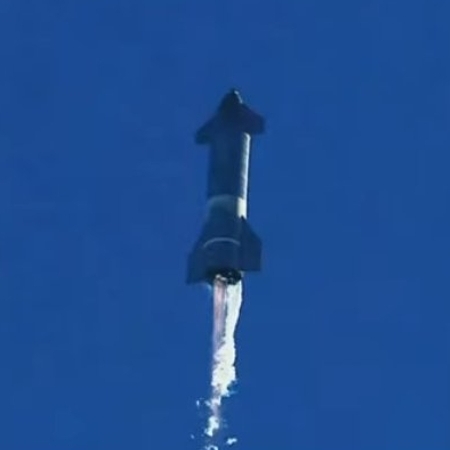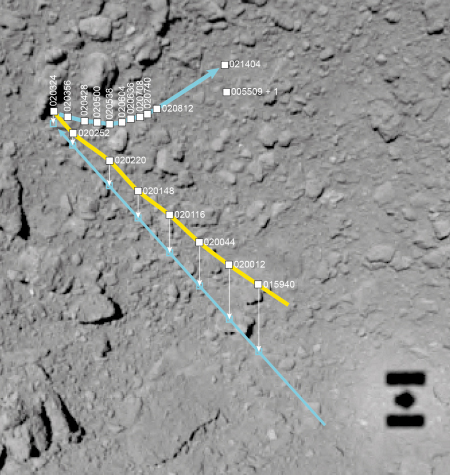Company providing satellite engines for smallsats raises $28 million
Capitalism in space: Morpheus, a German company focused on providing small satellites engines for maneuver and de-orbit, has successfully raised $28 million in private investment capital.
Morpheus, a company originally focused on producing miniature electric thrusters, has broadened the scope of its business to offer propulsion systems and software to help satellites maneuver in orbit and deorbit at the conclusion of their missions.
Last year, Morpheus unveiled a suite of products designed to reduce the cost and complexity of operating satellite constellations. The Sphere Ecosystem includes thrusters with nontoxic propellant, plug-and-play autopilot, space mission software and a web application.
This is not the only German company moving into the new space market. Three startup rocket companies have all successfully raised capital. Morpheus’s success, along with those rocket companies, suggests that Germany is quickly transitioning from a government-run space industry to a privately-run one.
Capitalism in space: Morpheus, a German company focused on providing small satellites engines for maneuver and de-orbit, has successfully raised $28 million in private investment capital.
Morpheus, a company originally focused on producing miniature electric thrusters, has broadened the scope of its business to offer propulsion systems and software to help satellites maneuver in orbit and deorbit at the conclusion of their missions.
Last year, Morpheus unveiled a suite of products designed to reduce the cost and complexity of operating satellite constellations. The Sphere Ecosystem includes thrusters with nontoxic propellant, plug-and-play autopilot, space mission software and a web application.
This is not the only German company moving into the new space market. Three startup rocket companies have all successfully raised capital. Morpheus’s success, along with those rocket companies, suggests that Germany is quickly transitioning from a government-run space industry to a privately-run one.


